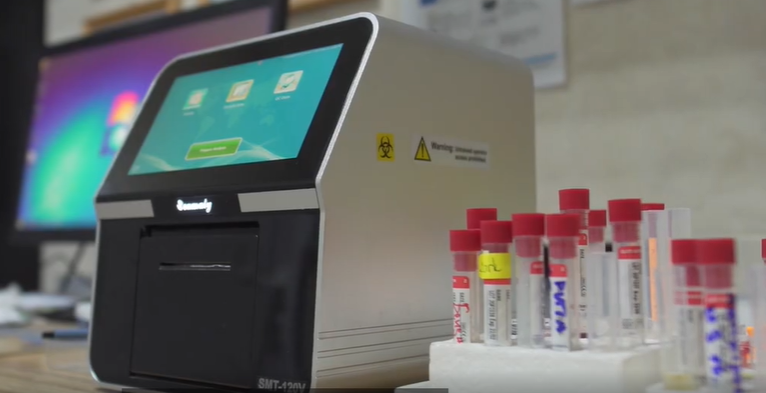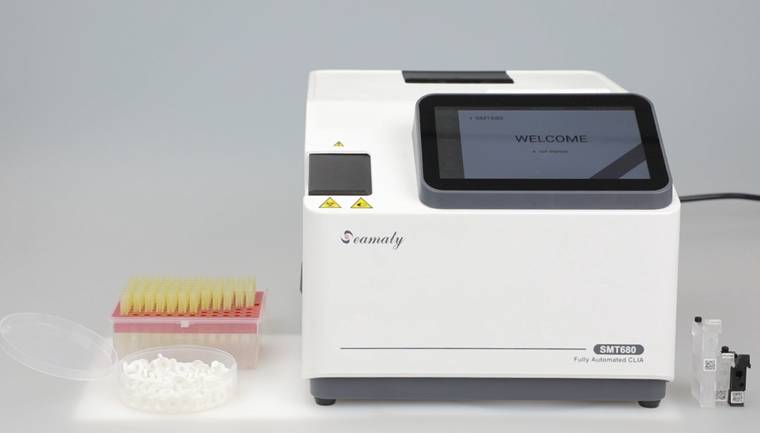A few different types of veterinary diagnostic tests or Animal Biochemical analyses may be carried out to assist your veterinarian in determining the root cause of your pet's ailment.
The majority of veterinary labs provide their clients with access to a basic panel of tests, which is a minimum examination that can be used in the majority of everyday scenarios.

Some Major Veterinary Diagnostic Tests (Performed on Animal Biochemical Analyzers)
1. Urea test
The levels of urea in the blood can rise when there is an excessive amount of dietary protein, when the quality of the protein in the diet is low, when there is an insufficient amount of carbohydrates, when there is a catabolic state when there is dehydration when there is heart failure when there is a renal failure when the urethra is blocked, and when the bladder ruptures. The measurement of urea is particularly helpful for determining whether or not a patient has renal disease and, to a lesser extent, liver malfunction.
2. Albumin
The amount of albumin rises when the body is dehydrated. It drops for the same reasons as total protein does, but liver failure adds to the mix.
3. GDH
In horses and ruminants, a rise in the level of GDH is seen in the presence of hepatocellular injury, namely hepatic necrosis.
4. GGT
GGT levels rise when there is a longer-term injury to the liver; this enzyme is especially helpful in horses & ruminants.
5. Creatinine test
The creatinine level in the blood rises when the kidneys aren't working properly, the urethra is clogged, or the bladder is ruptured. It falls as a result of the degradation of the sample. Creatinine concentrations are considered high-normal in animals that have a large amount of muscle mass, whereas creatinine concentrations are considered low-normal in animals that have a small amount of muscle mass. The measurement of creatinine is often done in the context of renal disease.
6. ALT
ALT is found in the cytoplasm/mitochondria of liver cells; as a result, its level rises in response to injury to hepatocellular structures. It increases more than AST does but recovers more quickly, and its half-life is between two and four hours. Muscle injury and hyperthyroidism both contribute to a little rise in this factor.
7. AST
The AST level rises when there is an injury to either muscle or the liver, although its significance is lower than that of the ALT level. In dogs, the half-life is determined to be 5-6 hours, whereas it is 77-79 minutes in cats. In addition to this, it has been linked to an increase in hypothyroidism.
8. ALP
The following conditions can cause a rise in ALP levels: increased bone deposition, liver injury, hyperthyroidism, biliary tract illness, gastrointestinal damage, hyperadrenocorticism, steroid administration, sedative administration, and widespread tissue damage. A normal increase in steroid levels in dogs is typically accompanied by an increase in ALP levels into the thousands of units. Even in severe cases of liver disease, the levels of ALP and ALT very seldom climb beyond 1,000 units.
The majority of these metrics are linked to abnormal liver function or function itself, and they are commonly misinterpreted as a result. Increases in ALT & ALP concentrations can reach four times the usual level in small animals, but this can still be related to merely fatty change. This is because fatty change is a generic finding and not a major liver disease in most cases. Some labs also commonly get liver samples from dogs who show large elevations in liver enzymes & bile salts >80 but have normal histological morphology. This is another type of liver disease that can affect dogs. There is no clear explanation for this.



